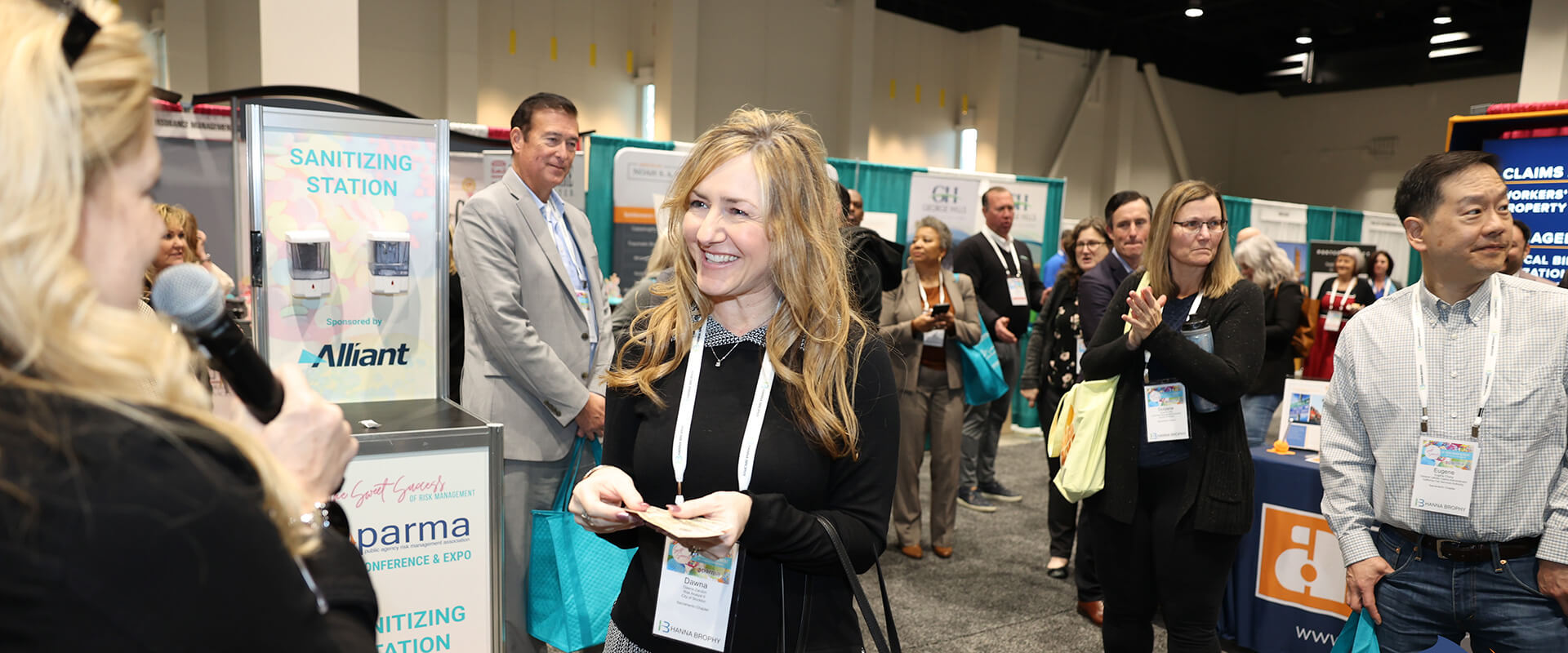The passenger rail cars on an Amtrak train that derailed near Seattle, Wash. last December, killing three people, were allowed by federal regulators to stay in service even though they didn’t meet current crash-protection standards, federal investigators said Tuesday.
The Talgo Inc. cars had to be specially modified to make them sturdier in a collision, but they still didn’t meet crash standards adopted in 1999 by the U.S. Federal Railroad Administration, according to newly released documents from the National Transportation Safety Board.
The NTSB is conducting a two-day hearing on safety at Amtrak following a spate of deadly crashes involving the nation’s only passenger railroad. As part of the hearing, it released preliminary reports on the Dec. 18 accident in DuPont, Washington.
Connections between six of the rail cars failed, which had been a concern of FRA because the cars can then collide with each other, said NTSB investigator Michael Hiller. In addition, five of the massive wheel assemblies on the rail cars came loose and one caused damage to the car where the three people died, Hiller said.










